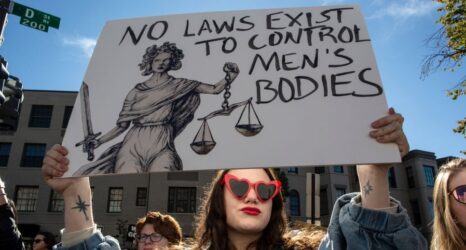Despite what reactionary justices assert, forced birth does not result in significantly more infants being adopted—for too many of these children, their future lies in foster care.
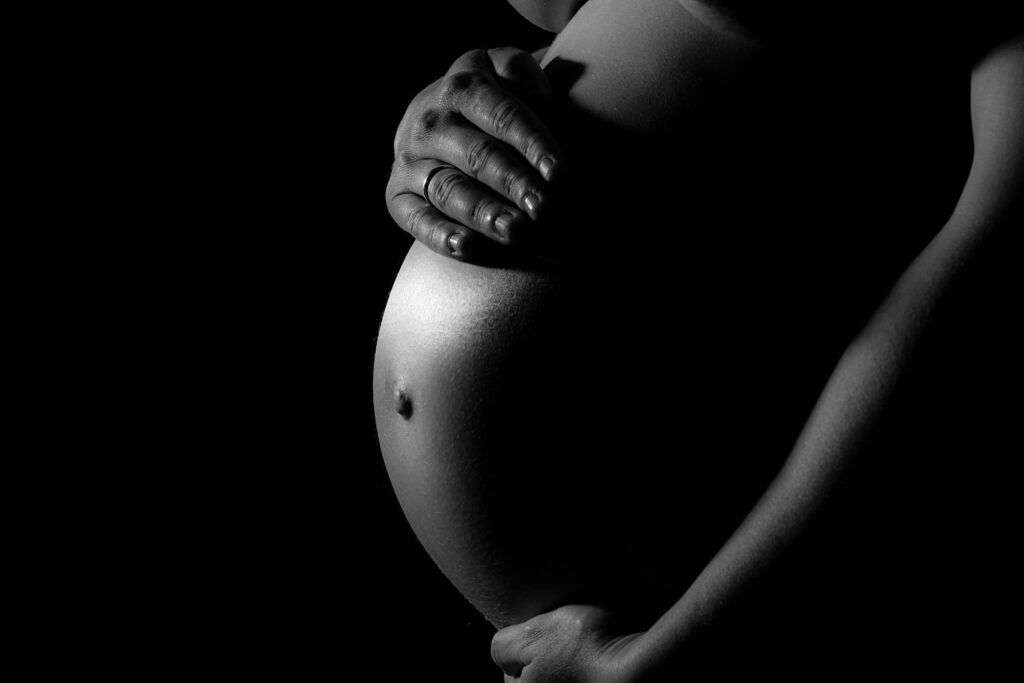
The following article is being co-published by Ms. magazine and the Women’s Media Center. It also appears on the WMC website, and a version originally appeared in the Spring 2023 issue of Ms. Both Ms. and the Women’s Media Center thank the Fund for Constitutional Government Investigative Journalism Project for their support of this work.
During oral arguments in Dobbs v. Jackson Women’s Health Organization, the case that would end 50 years of protections for abortion rights in the U.S., Justice Amy Coney Barrett queried lawyers for a Mississippi clinic, “Why don’t safe-haven laws take care of that problem?”
“That problem” would be the burden of childbirth and parenting forced onto women when states outlaw abortion—not an issue now, Coney Barrett contended, because women can easily relinquish parental rights at birth.
And as for the fate of the infants who are surrendered? No difficulty there, either, according to Justice Samuel Alito, who wrote in a footnote to the Dobbs decision that “a woman who puts her newborn up for adoption today has little reason to fear that the baby will not find a suitable home,” citing a 2008 report from the Centers for Disease Control and Prevention about the low domestic supply of infants.
Ignored by the justices was extensive research showing that forced birth has consequences—devastating ones—for the woman, for the infant and for the communities where they live.
Women Without Choice
Coney Barrett’s safe-haven suggestion is “morally repugnant,” said Wisconsin state Sen. Kelda Roys. “Horrific. Brutal. Cruel. The real disconnect is that abortion is an alternative to pregnancy. Adoption is an alternative to parenting. Nothing makes my pro-choice conviction stronger than each of my three children and knowing what it is to be pregnant and be a parent, how it changes your life and your body and your work and everything forever.”
Diana Greene Foster, the director of research for the Bixby Center for Global Reproductive Health at the University of California, San Francisco, agreed.
“Maybe people who adopt kids want to think that it’s easy on the birth mom, but the physical experience of giving birth is so massive and was so grossly ignored in that Supreme Court case,” she said. “As if babies just pop out and then you just go to the local firehouse and drop the kid off. As if it’s that simple and not … a massive shock to one’s entire physiology—not just while they’re pregnant or during birth, but for years after. The callousness with which motherhood was considered there was really shocking.”
Foster was the lead researcher on the Turnaway Study, which compared the outcomes of 1,000 women who were able to obtain an abortion versus those who were denied the procedure. Recent data from the study shows that people who were unable to get a wanted abortion were more likely to experience economic hardships. A supplemental study using the same data found that 91 percent of women forced to carry their pregnancies to term opt to keep their babies instead of placing them for adoption.
“Very, very few people have adoption as their first choice,” said Gretchen Sisson, a sociologist who studies abortion and adoption. “Adoption is effectively a failure of the social safety net. Adoption is what happens when you have rendered people choiceless and you have made abortion inaccessible and you have made parenting untenable or impossible.”
She predicts an additional 10,000 domestic adoptions per year as a result of the Dobbs decision, compared to the 90,000 to 100,000 women she anticipates will be parenting children they didn’t intend to carry to term.
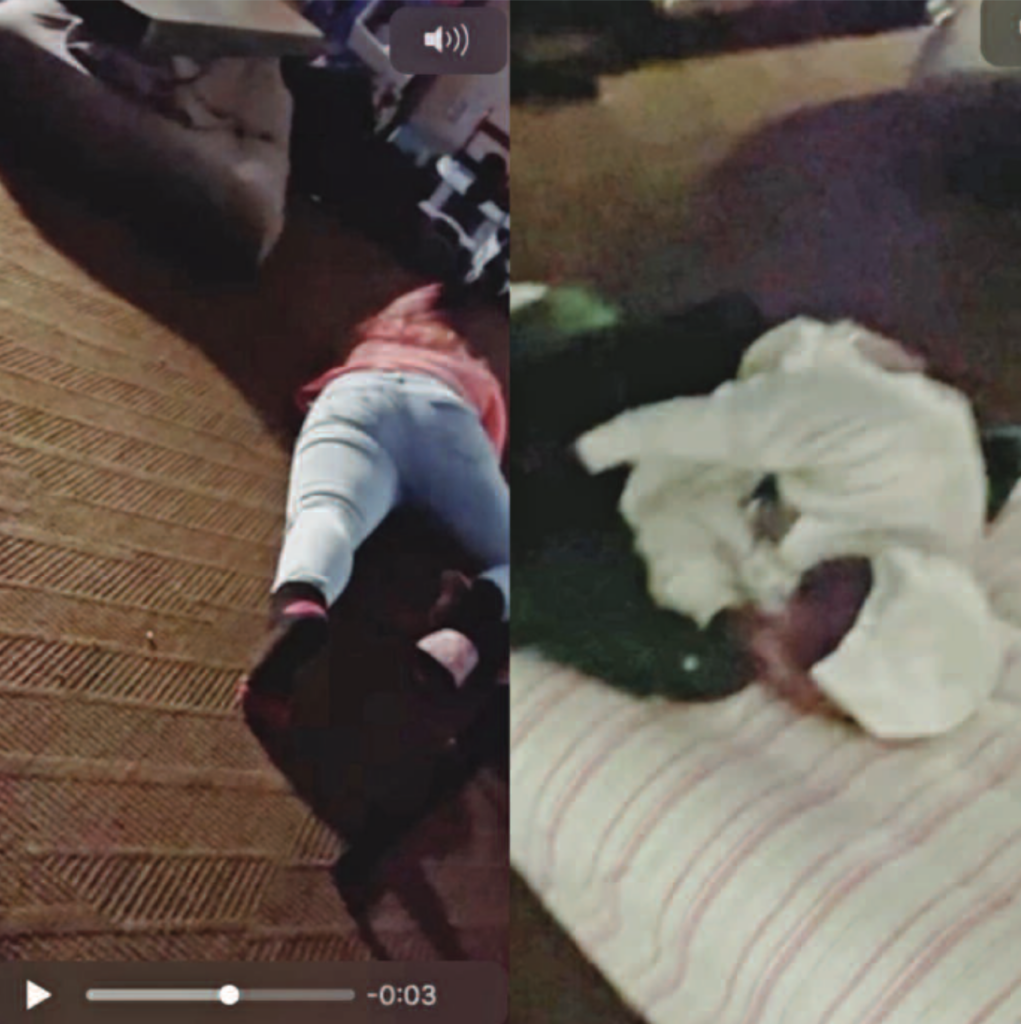
“I’ve had many, many teenagers who have considered adoption,” said Dr. Amy Kelley, a pediatric and adolescent ob-gyn in Sioux Falls, home to South Dakota’s only Level IV neonatal intensive care unit. “People say, ‘Oh, well you can just adopt out.’ But that is not equivalent to not being pregnant and not having a baby. It’s not the answer for everybody. I’ve probably had more teenagers struggle after giving a baby up than I have after having abortions. I mean several of them, their whole course of their life changed after giving a baby up. From doing well in school, headed to college, to being a high school dropout and on the verge of killing themselves. I’ve had some very, very severe depression in some of my teens who chose to do that.”
Sisson’s research, which was part of the nationwide Turnaway Study, corroborated what Kelley witnessed firsthand in South Dakota.
“We found that about 9 percent of people who gave birth after being denied abortion relinquished their infants for adoption,” Sisson said. “Those women also had the poorest mental and emotional health outcomes, and they were the most likely to express regret for not being able to get their abortions.”
Of course the consequences of the Dobbs decision will impact more than just the physical and mental health of women who are forced to bear children against their will.
“Being able to control the terms under which you have children affects your educational opportunities, your employment opportunities, how well you’re able to take care of your existing children, the kind of parent you can be either currently or in the future,” said Jenny Higgins, director of the University of Wisconsin-Madison Collaborative for Reproductive Equity.
Many women living in states with abortion bans are unable to travel miles across state lines to obtain desired abortions because they are too poor—because of lack of transportation, the high cost of gas, inability to take time off work, lodging and childcare expenses, or the cost of the procedure itself—and so are forced to continue their pregnancy. “The damage that is being done and that will be done is immeasurable,” Wisconsin state Rep. Lisa Subek said. “At what point are we creating the circumstances by which we have more generational poverty and more generational challenges?”
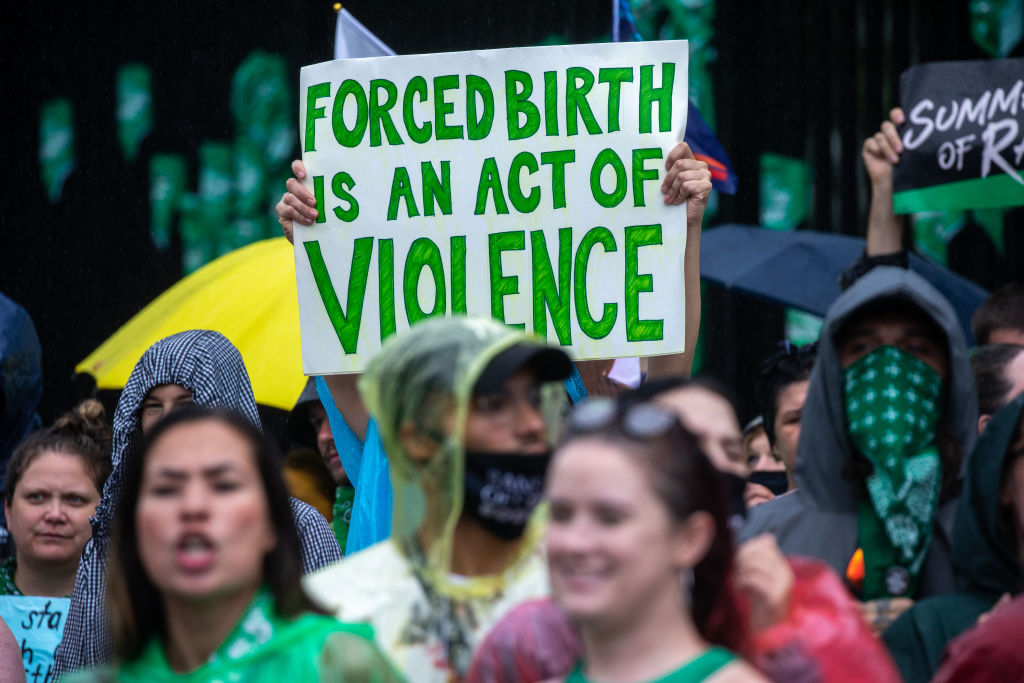
Children in the System
“Alito’s decision mentioned the paucity of domestic infants,” said Roys, the state senator in Wisconsin, countering that the only “shortage” is in healthy white newborns. “There are huge numbers of children in the country and worldwide who need loving homes but haven’t been able to be adopted because there isn’t a family willing to take on a special-needs or an older child or a child with significant health problems.”
The reality is that domestic infant adoptions in the U.S. have declined in the 50 years since the Roe decision. “I don’t think [the Dobbs ruling] is going to have a huge impact on adoption,” said Ryan Hanlon, president and CEO of the National Council for Adoption. “There [are] far, far more parents waiting to be matched for a private domestic infant adoption than there are adoption placements that are happening.”
The Adoption Network estimates there were 135,000 adoptions in this country in 2019, of which only 15 percent (20,000) were private adoptions of American babies; 59 percent were adopted from foster care. Of the remaining 26 percent, most were stepparents adopting their partner’s children and international adoptions.
“The way that Alito describes it in the Dobbs decision, that this is a benevolent way that we can deal with unwanted pregnancies—force people to give birth and then they can sacrificially give up their children to meet this demand for adoptable children—that’s just false,” said Dorothy Roberts, a sociologist and law professor at the University of Pennsylvania and the author of Torn Apart: How the Child Welfare System Destroys Black Families—and How Abolition Can Build a Safer World.
“I see such a direct connection to this way of thinking that the answer to the struggles of impoverished families, especially Black families, is for the state to take custody of children and get them adopted,” Roberts continued. “More than half of Black children will experience a child welfare investigation before they reach age 18 … more than one in 10 Black children will be removed from their homes by the time they reach age 18.”
Although there are a myriad of reasons women might seek out abortion, often it’s an economic decision. “That is one main reason why people get abortions,” Roberts said. “Compelling a woman to give birth only intensifies the financial hardships she and her family were already facing. So all that is going to do now is increase the numbers of families that are unable to meet the needs of their children, which is the main reason why children are taken from their families by the family policing system or so-called child welfare system.”
That is especially true for Black, brown and Indigenous families. And because inadequate financial resources is one of the biggest risk factors for a family ending up involved in the child welfare system, women who would have chosen abortion for monetary reasons are unlikely to place their infants for adoption, but they may end up losing those children anyway—along with any other kids they already had.
By banning abortion, it is very likely that that will increase the numbers of families that are disrupted by the family policing system on grounds that they fail to meet their children’s needs.
Dorothy Roberts, sociologist and law professor
“[The] system pretends to be caring for children, but what it’s really doing is punishing the most marginalized families as a way of dealing with their problems that are caused by structural inequities and by diverting attention from needed social change,” Roberts said. “The child welfare system is designed to deal with the problems of impoverished and low-income families.”
Wealthy families don’t end up in the system. “Their problems are dealt with in other ways—through private means: private therapy, private drug treatment, private behavioral interventions,” Roberts said.
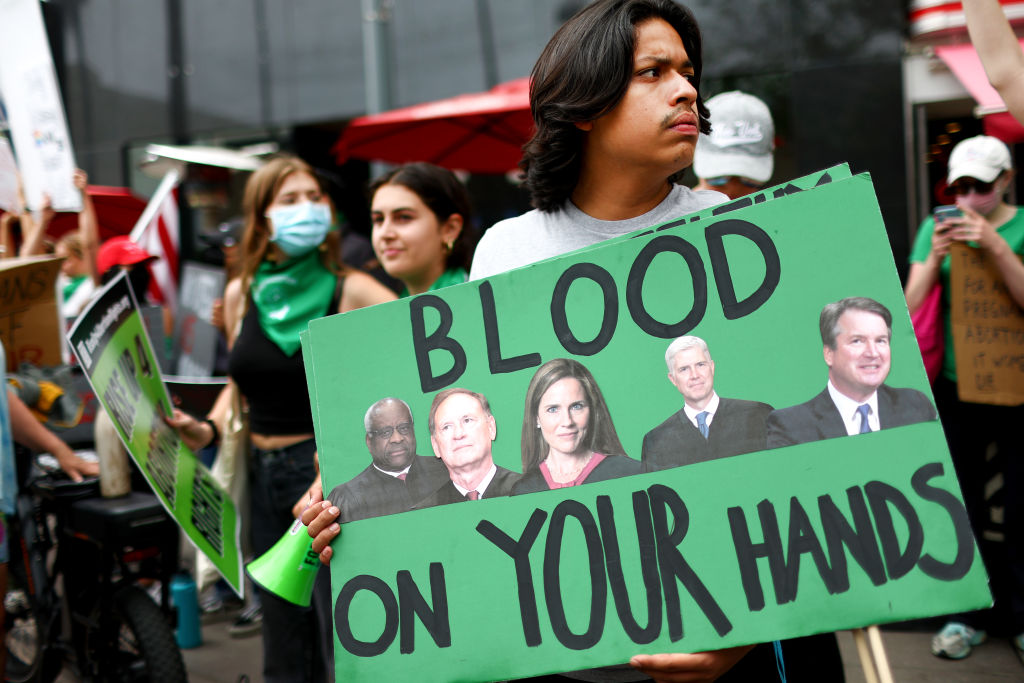
A majority of children across the country who are removed from their families have been placed in foster care because of “neglect”: “Only about 17 percent of children who are … put in foster care are there because their parents were accused of sexually or physically abusing them,” Roberts said. “The vast majority [of parents] are accused, investigated, and then have their children taken on grounds of neglect, which is defined basically as failing to meet the material needs of children. … By banning abortion, it is very likely that that will increase the numbers of families that are disrupted by the family policing system on grounds that they fail to meet their children’s needs.”
Roys agrees. “So often, neglect is conflated with abuse, and what’s really going on is poverty,” she said. “The current child welfare system seeks to separate families who, if they had adequate resources, would not have any problems. If they had access to safe, affordable childcare; if they had access to housing; if they had transportation and adequate food, then these families would be fine in terms of no abuse or mistreatment.”
It’s an impossible situation made worse when women are forced to have more children. “When you do that, it’s a no-brainer that you’re forcing them into a child welfare system that is … ill-equipped to meet the needs of the people that we’re already serving,” said Shawnte West, a social worker with the Kentucky Department for Community Based Services.
Once in foster care, most children languish in the system: More than 114,000 children are currently waiting to be adopted, according to the U.S. Children’s Bureau.
“Let me tell you, not everybody wants a Black baby,” West said. “Some people come into this and they’re very specific about what type of babies that they want or that they don’t want. … When we think of a system that’s disproportionately impacting children of color, what happens to all those kids who don’t get adopted?”
Coney Barrett’s and Alito’s assertions that adoptions are a solution to abortion are baseless, according to Addie Wyman-Battalen, who has an academic appointment at the Boston College School of Social Work and who specializes in adoption. “It’s concerning because it’s not based in data. We have over a hundred thousand children waiting to be adopted, so it’s not working. … It’s really scary when the people who are making decisions for [children] are not taking into consideration the current situation.”
All the people interviewed for this article described state child welfare agencies that are ill-equipped to handle current caseloads, much less an increase in the near future, citing a dearth of social workers, foster homes for placement, adequate funding and competitive salaries.
The system is very stretched. The people who are advocating against women’s right to choose aren’t even being reasonable.
Tennessee state Sen. Heidi Campbell
“Our Department of Children’s Services is not in any way, shape, or form taking care of our foster children,” said Tennessee state Sen. Heidi Campbell. “The catastrophic failures of our DCS really can’t be overstated—from kids sleeping on office floors to children dying in DCS custody. Our state has been neglecting our most vulnerable kids for years.” Campbell called it a “crisis,” citing the loss of more than 400 case workers over the past two years.
West said Kentucky lost about 35 percent of its child welfare staff prior to last year, which increased caseloads from the recommended 12 to 16 per worker to sometimes more than 50.
“We have been shedding staff—it’s been called ‘hemorrhaging,’” she said. “We have four people to care for state certified foster homes for the largest county in the state. That impacts the ability that we have to recruit new homes and to even maintain the ones that we have because we have requirements on how often we have to see folks and paperwork that we have to fill out. The system is very stretched. The people who are advocating against women’s right to choose aren’t even being reasonable, in the sense of not only are you talking about taking away a medical choice for birthing bodies, but you’re also talking about overwhelming a system that you haven’t been willing to support prior to this decision being made.”
There simply aren’t enough homes to place the children already in state custody. “We especially don’t have homes that take pregnant or parenting teens,” said West, who adds that there are fewer than five homes available to parenting teens in the largest city in Kentucky. “We don’t have the capacity to be able to keep a mother and her child together. And so that’s further traumatizing for that child [who’s] born into this child welfare system.”
Will Francis, the executive director of the Texas chapter of the National Association of Social Workers (NASW), reports that foster youth in his state are sleeping in offices, warehoused in congregate care, or put up in hotel rooms for lack of available placements. He anticipates the situation worsening with the fallout from the Dobbs decision.
“There’s this assumption that children are going to be better off if they’re taken from their parents,” Roberts said. “Children who experience foster care are at risk of homelessness; psychological problems; PTSD; involvement in the juvenile legal system; involvement in the criminal legal system, including incarceration; low income; and having their children taken from them.”
The long-term effects will shape local communities and economies—and tax public support systems. Those interviewed for this story report that their states have no plans to address the impact of the Dobbs decision, despite the fact that the foster care system has no capacity for the onslaught of forced births that will be coming as early as this spring.
“There’s not any effort whatsoever on the part of my colleagues in the super [Republican] majority to change the state of our foster services or our maternal healthcare,” said Campbell, the state senator in Tennessee.
“You hear the anti-abortion group saying, ‘We’ve been planning for this for decades,’” added Brenda Rosen, executive director of the Kentucky chapter of the NASW. “And they haven’t. There are absolutely no policies in place. … They’re cutting [abortion] services and they’re saying, ‘We’ll take care of the kids.’ And we all know that’s just talk. They won’t.”
It’s clear which portion of the U.S. population will bear the burden of a system that is already lacking in social and healthcare services.
“The states where it’s going to be harder for women to access abortion are also the states where it’s harder to access healthcare, prenatal care, paid leave, birth control—everything you need to be able to either prevent pregnancy or parent successfully,” Roys said. “Part of the long-term damage that this decision is going to inflict is it’s going to cause many more babies to be born to people who are not ready to parent a child or another child. And then it’s going to inflict further harm by depriving those families of the material assistance they need to thrive or even just basically survive.”
This article originally appears in the Spring 2023 issue of Ms. Become a member today to read more reporting like this in print and through our app.

Up next:
U.S. democracy is at a dangerous inflection point—from the demise of abortion rights, to a lack of pay equity and parental leave, to skyrocketing maternal mortality, and attacks on trans health. Left unchecked, these crises will lead to wider gaps in political participation and representation. For 50 years, Ms. has been forging feminist journalism—reporting, rebelling and truth-telling from the front-lines, championing the Equal Rights Amendment, and centering the stories of those most impacted. With all that’s at stake for equality, we are redoubling our commitment for the next 50 years. In turn, we need your help, Support Ms. today with a donation—any amount that is meaningful to you. For as little as $5 each month, you’ll receive the print magazine along with our e-newsletters, action alerts, and invitations to Ms. Studios events and podcasts. We are grateful for your loyalty and ferocity.





